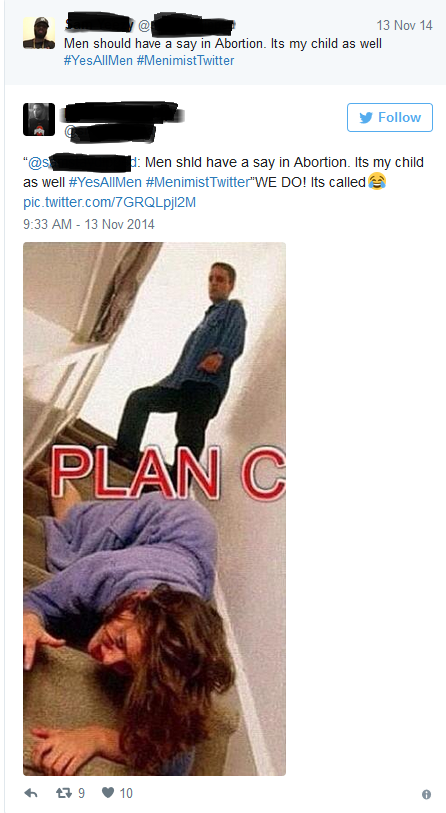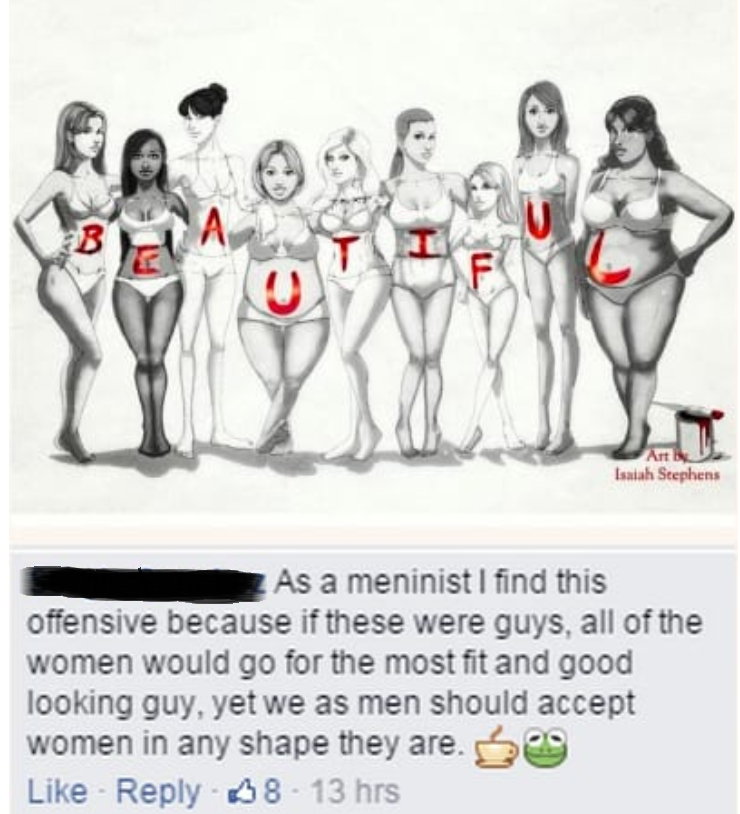The modern reaction series (Part 1 of 2) : Men's liberation Vs. Men's rights movement
The fact that the feminist movements' fight to break stereotypes associated with gender roles encouraged men to try and eradicate the "masculine formula" is not exceptional. Moreover, feminism played a primary role in empowering men as well, by giving them the opportunity to denounce their image as "soulless robotic workers, in harness to a masculine mystique, so that their only capacity for nurturing was through their wallets", as Michael Kimmel said.
However, feminists went from criticizing gender roles that Kimmel described as "an abstract ideology construction" to attacking men's real behaviors. A new type of gender discrimination, therefore, submerged, victimizing men.
By virtue of this phenomenon, men liberationists shifted their focus from abolishing gender roles to promoting a new counter movement: the mythopoetic men's movement, often attributed to the work of Robert Bly and Michael Meade, and writers like Sam Keen. Mythopoetics were "largely gender separatists, neither feminist nor anti-feminist in their politics". They mainly promote masculinity.
The third movement that emerged in the late 1980s and early 1990s, and that is largely popular today is the men's rights movement, also known as "meninism". They believe that women's mobilization for their rights tends to oppress men, and therefore, feel like they need to liberate themselves. This movement converged to a celebration of and infatuation with masculinity and aimed to restore the masculine dominance. Other men, among which journalist Nirpal Dhaliwal, started proclaiming that women low-key enjoy their inferior status because of their attraction to male dominance and exaggerated masculinity!
However, this last movement is insurgent against feminism thinking it's a hateful ideology, that it "has turned normal healthy feminine women into a bunch of gold-digging consumerist harridans" as Kimmel says, even though feminists strongly criticized women's exaggerated consumerism.
Men's right's movement is considered today in the US as an action that victimizes rich white men. Those have been raised being entitled and despise the transmission of any sort of entitlement to others. Roy Den Hollander seems to be an archetype of men adhering to this mobilization: a good-looking middle-aged man, working in a corporate law firm in New York, and approaching retirement at the top end of the Top 1%. Hollander, however, feels persecuted by many shades of discrimination.
Finally, the role and influence of internet's development are not to be marginalized: it has served as a platform for discussion regarding men's feeling of oppression and therefore shaped a solidary community between "victimized" men. It all started with a hashtag: #Meninist, that was first used amusingly but then was explicitly used to promote the men's rights activists' ideology. Other hashtags also used include: #Menimist, #MenimistTwitter, and #YesAllMen.



